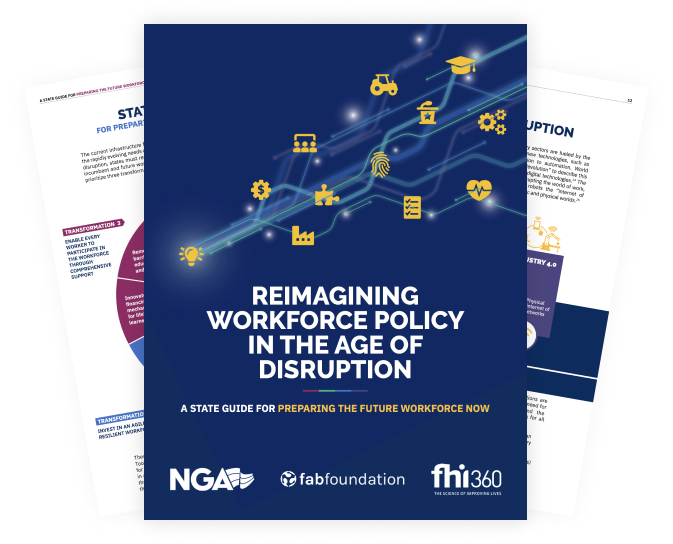Collect data on the career pathways of the state workforce to inform a resilient state workforce strategy. State employees are not immune to the impacts of technology in the workplace and are at risk of displacement as a result of innovations in state service delivery. States should consider new ways to collect department-level data on the wage and employment trajectories of state employees, future skills needs across state government, and the diffusion of technology to inform which departments and employees are most likely to be affected by technology. States can then use this data to inform program design, location, and investment decisions to build a resilient state workforce.
State Program Examples
No examples to share at this time. Please check back later.









